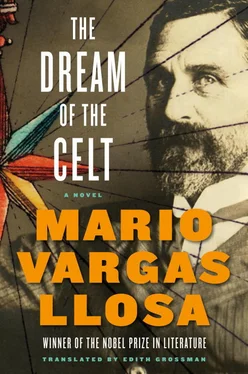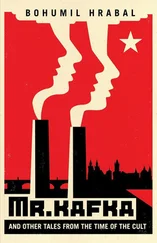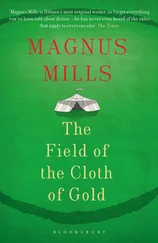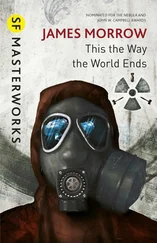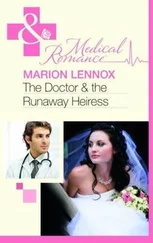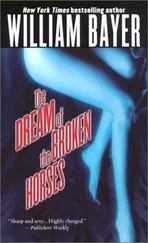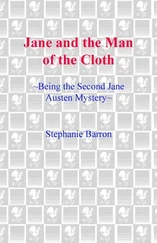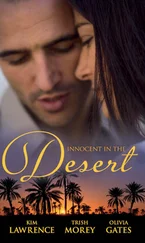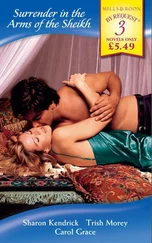Neither in the Congo nor in Amazonia is there any trace left of the man who did so much to denounce the great crimes committed in those lands in the days of the rush for rubber. In Ireland, scattered throughout the island, some memories of him remain. On the heights of Glenshesk in Antrim, in the glen that goes down to the small inlet of Murlough, not far from the family house of Magherintemple, Sinn Féin put up a monument to him that the radical unionists of Northern Ireland destroyed. The pieces have remained there, dispersed on the ground. In Ballyheigue, in County Kerry, on a small square facing the sea, stands the figure of Roger Casement sculpted by Oisín Kelly. In the Kerry County Museum in Tralee is the camera Roger took on his trip to Amazonia in 1911, and if you ask, you can also see the overcoat of rough wool he wore on the German U-19 submarine that brought him to Ireland. A private collector, Sean Quinlan, has in his cottage in Ballyduff, not far from the outlet of the Shannon into the Atlantic, a rowboat that (he states emphatically) is the same one that carried Roger, Captain Monteith, and Sergeant Bailey to Banna Strand. In the Roger Casement School, in Tralee, the office of the director has on display the ceramic plate from which Casement ate, in the public bar of the Seven Stars, when he went to the Court of Appeals in London where his case was decided. In McKenna’s Fort there is a small monument—a black stone column—recording in Gaelic, English, and German that he was captured there by the Royal Irish Constabulary on April 21, 1916. And on Banna Strand, the beach where he landed, stands a small obelisk on which the face of Roger Casement appears next to the face of Captain Robert Monteith. On the morning I went there, it was covered with the white droppings of the screeching gulls that flew overhead, and everywhere one could see the wild violets that moved him so much that dawn when he returned to Ireland to be captured, tried, and hanged.
Madrid, April 19, 2010
ALSO BY MARIO VARGAS LLOSA
The Cubs and Other Stories
The Time of the Hero
The Green House
Captain Pantoja and the Special Service
Conversation in the Cathedral
Aunt Julia and the Scriptwriter
The War at the End of the World
The Real Life of Alejandro Mayta
The Perpetual Orgy
Who Killed Palomino Molero?
The Storyteller
In Praise of the Stepmother
A Fish in the Water
Death in the Andes
Making Waves
The Notebooks of Don Rigoberto
The Feast of the Goat
Letters to a Young Novelist
The Language of Passion
The Way to Paradise
The Bad Girl
Touchstones
It would not have been possible to write this novel without the collaboration, conscious or unconscious, of many people who helped me on my journeys through the Congo and Amazonia and in Ireland, the United States, Belgium, Peru, Germany, and Spain, sent me books and articles, facilitated my access to archives and libraries, gave me testimonies, advice, and above all, their encouragement and friendship when I felt myself weakening in the face of the difficulties of the project I had in hand. Among them, I want in particular to thank Verónica Ramírez Muro for her invaluable help during my visit to Ireland and in the preparation of the manuscript. I alone am responsible for the deficiencies of this book, but without these people, its eventual successes would have been impossible. Many thanks to:
In the Congo: Colonel Gaspar Barrabino, Ibrahima Coly, Ambassador Félix Costales Artieda, Ambassador Miguel Fernández Palacios, Raffaella Gentilini, Asuka Imai, Chance Kayijuka, Placide-Clement Mananga, Pablo Marco, Father Barumi Minavi, Javier Sancho Más, Karl Steinecker, R. Tharcisse Synga Ngundu de Minova, Juan Carlos Tomasi, Xisco Villalonga, Emile Zola, and the Poètes du renouveau of Lwemba.
In Belgium: David van Reybrouck.
In Amazonia: Alberto Chirif, Father Joaquín García Sánchez, and Roger Rumrill.
In Ireland: Christopher Brooke, Anne and Patrick Casement, Hugh Casement, Tom Desmond, Jeff Dudgeon, Sean Joseph, Ciara Kerrigan, Jit Ming, Angus Mitchell, Griffin Murray, Helen O’Carroll, Séamas O’Siochain, Donal J. O’Sullivan, Sean Quinlan, Orla Sweeney, and the staff of the National Library of Ireland and the National Photographic Archive.
In Peru: Rosario de Bedoya, Nancy Herrera, Gabriel Meseth, Lucía Muñoz-Nájar, Hugo Neira, Juan Ossio, Fernando Carvallo, and the staff of the Biblioteca Nacional.
In New York: Bob Dumont and the staff of the New York Public Library.
In London: John Hemming, Hugh Thomas, Jorge Orlando Melo, and the staff of the British Library.
In Spain: Fiorella Battistini, Javier Reverte, Nadine Tchamlesso, Pepe Verdes, Anteon Yeregui, and Muskilda Zancada.
Héctor Abad Faciolince, Ovidio Lagos, and Edmundo Murray.

Copyright © 2010 by Mario Vargas Llosa
Translation copyright © 2012 by Edith Grossman
All rights reserved
Originally published in Spanish in 2010 by Alfaguara Ediciones, Spain, as El Sueño del Celta
Published in the United States by Farrar, Straus and Giroux
Farrar, Straus and Giroux
18 West 18th Street, New York 10011
www.fsgbooks.com
Designed by Jonathan D. Lippincott
eISBN 9781466816169
First eBook Edition : May 2012
First American edition, 2012
An excerpt from The Dream of the Celt originally appeared, in slightly different form, in Granta .
Library of Congress Cataloging-in-Publication Data
Vargas Llosa, Mario, 1936–
[Sueño del Celta. English]
The dream of the Celt / Mario Vargas Llosa ; translated from the Spanish by Edith Grossman.—1st American ed.
p. cm.
“Originally published in Spanish in 2010 by Alfaguara Ediciones, Spain, as El sueño del Celta.”
ISBN 978-0-374-14346-6 (alk. paper)
I. Grossman, Edith, 1936–II. Title.
PQ8498.32.A65 S8413 2012
863’.64—dc23
2011052181
